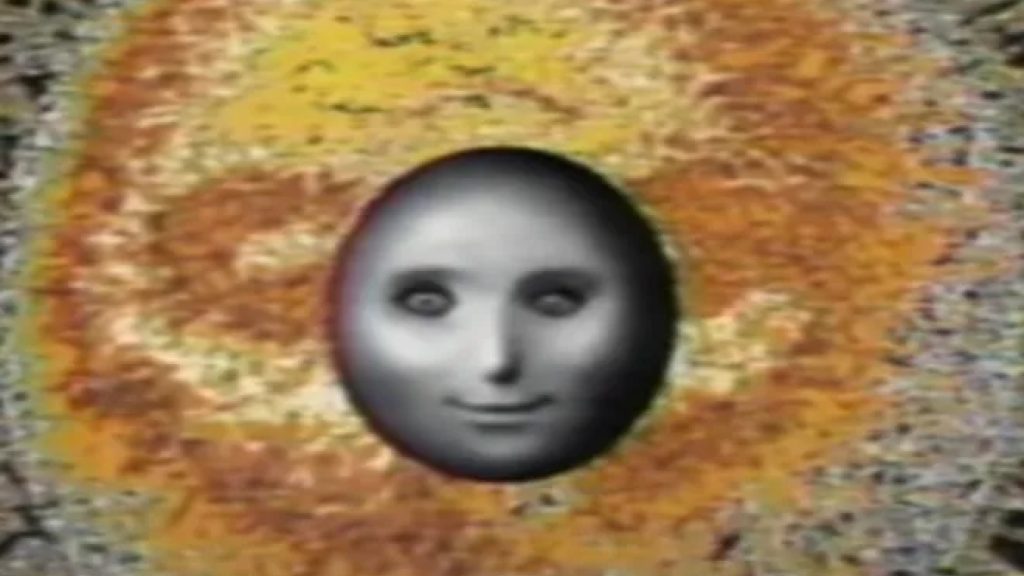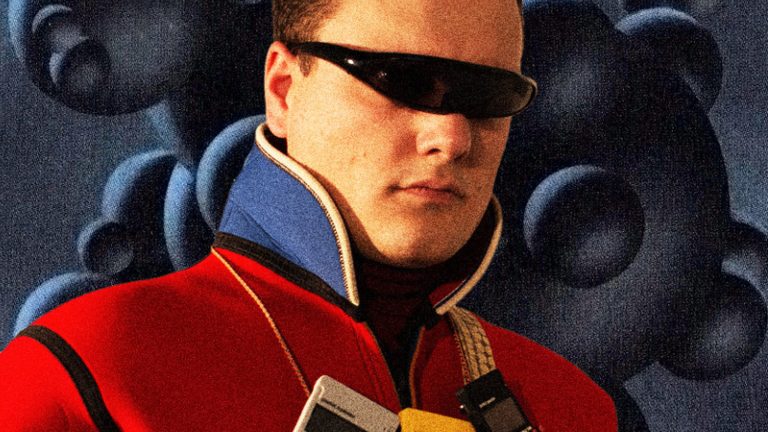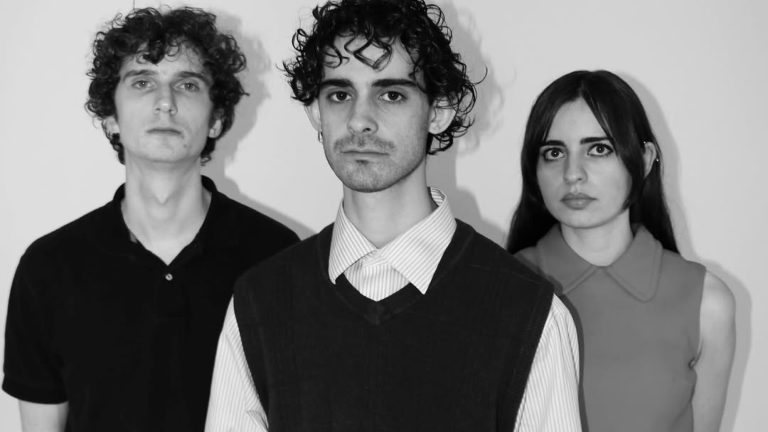Sounds and ideas are constantly reused in the music industry, that’s no surprise. But what is a surprise is the fusion of ideas that traditionally have no business being together yet work so well. Blending elements of noise, traditional, and psychedelic rock with the American West, helios the sun god has developed an idiosyncratic take that sits at the crossroads of past and present American music culture, presenting the raw and unflinching realness of the DIY scene. all roads lead to rhodes: the early ears is their latest addition to a collection of 17 albums and 10 singles stretching back to 2020—more work than some groups create in a lifetime and for helios the sun god, this is intentional. Throughout their career, each release has been a tentative foot forward to get them closer to the sound we currently hear. Hailing from Boston, the group visually presents themselves through signifiers of Greek mythology, LSD-themed digital designs, and nostalgic imagery juxtaposing modernity and the past in a way that is hard to pinpoint their ethos. But maybe that’s just the way they like it.
With “the mouse hunt” a crisp but dated vocal sample from an infomercial sets the album in motion. In a chopped and off-kilter style, it says “What do you do when you catch the mouse? …kill the mouse.” Placing this sample outside its natural habitat on daytime TV gives an air of eeriness not even the laughter heard from the studio audience can compensate for. High-pitched guitars also weave a sense of unease into the track. The solitary vocals and lyrics become difficult to unearth sounding like they were recorded from a distance, which adds to the stagnation, almost like a hymn that’s gone on for too long. A somewhat unorthodox way to open the album but provides the audience with a sense of helios the sun god’s various techniques.
Thematically, representations of the American West and South are interwoven into every track on all roads lead to rhodes: the early ears. Throughout this album, helios the sun god develops a reminiscent spirit in a modern framework, mixing the past and the present to promote a heightened sense of identity. Combining these two grounds the project’s sound in the everyday and away from the traditional archetypes of Southern music. These tonal familiarity parts are then wrapped in the rawness and experimentation of noise for a distinctly authentic human aspect, further promoted by the utilization of uncanny samples. For example, “the cry of catharsis” repurposes an audio output that appears ripped from an old ‘90s VHS recording. A classic Bluegrass beat paints a scene of hazy summers in rural United States complete with an undeniable coolness permeating the track. The song’s initial strolling about attitude develops a mind of its own, swapping in and out different stylistic elements—from the outro punk rock drumbeats to vintage Western cinema intros. As “the cry of catharsis” reaches a section of complete percussion chaos, it becomes hard to distinguish between literal stomping noises and instrumentals, adding to the overall quirkiness.
The album’s journey then steps out of the daylight and into the blue and black of the night. The guitar in “visions of mt athos” changes from loud, brash, and defiant to somber with a layer of self-reflection poured on top heard in its defeated strums. Samples of dogs barking are mixed in painting scenes of dusk and sunsets. This tonal shift further develops in the next forlorn track “as asclepius lay sleeping,” which blends warping distortion into a vintage psychedelic guitar solo with magnifying impact. Walking the delicate line of becoming engulfed in white noise, the solo puts you in the shoes of a character screaming into the night defiant and demanding to be heard. Any earlier lightheartedness is well and truly gone. In the song’s final moments, we’re left with dread and confusion, emphasized by the contorted mechanical guitar strums deforming themselves as if something has gone wrong.
The final track of all roads lead to rhodes: the early ear is a 24-and-a-half minute immersive experience set to leave a lasting imprint on the listener. “acoustic neuroma” begins with a secluded guitar that becomes slowly enveloped by an aura of creepiness and droning. Employing wind samples and feint pitch shifts conjures an image of vultures circling their prey in the desert. This droning grows and morphs into an all-consuming element that pins down on the listener making this a difficult piece of music to listen through fully. The relentless sound can represent something we can’t control—an unstoppable force preventing us from continuing forward. It feels appropriate for the album to end this way, subjecting the listener to a cascade of a seemingly never-ending tone of complete submersion as helios the sun god fully commits to the project’s noise aspect.
helios the sun god has taken an idea of a particular time and nature in music and dragged it through their contemporary interpretation. Music critic Mark Fisher coined the term “hauntology,” broadly defined as the concept of lost futures haunting the present, which can be found here; American rock and the South spirits haunt these tracks floating in and out between the focus and peripheral. These genres may have fallen from grace and are not what they once were, but scattered across all roads lead to rhodes: the early ears, we’re reminded of their presence through a different lens. helios the sun god acknowledges their history without allowing the traditional weight and problematic nature of such to weigh them down. They succeed in building a far more exploratory and emotionally weighted sound than what they are borrowing from, capitalizing on it instead of ignoring or trying to work around it.





